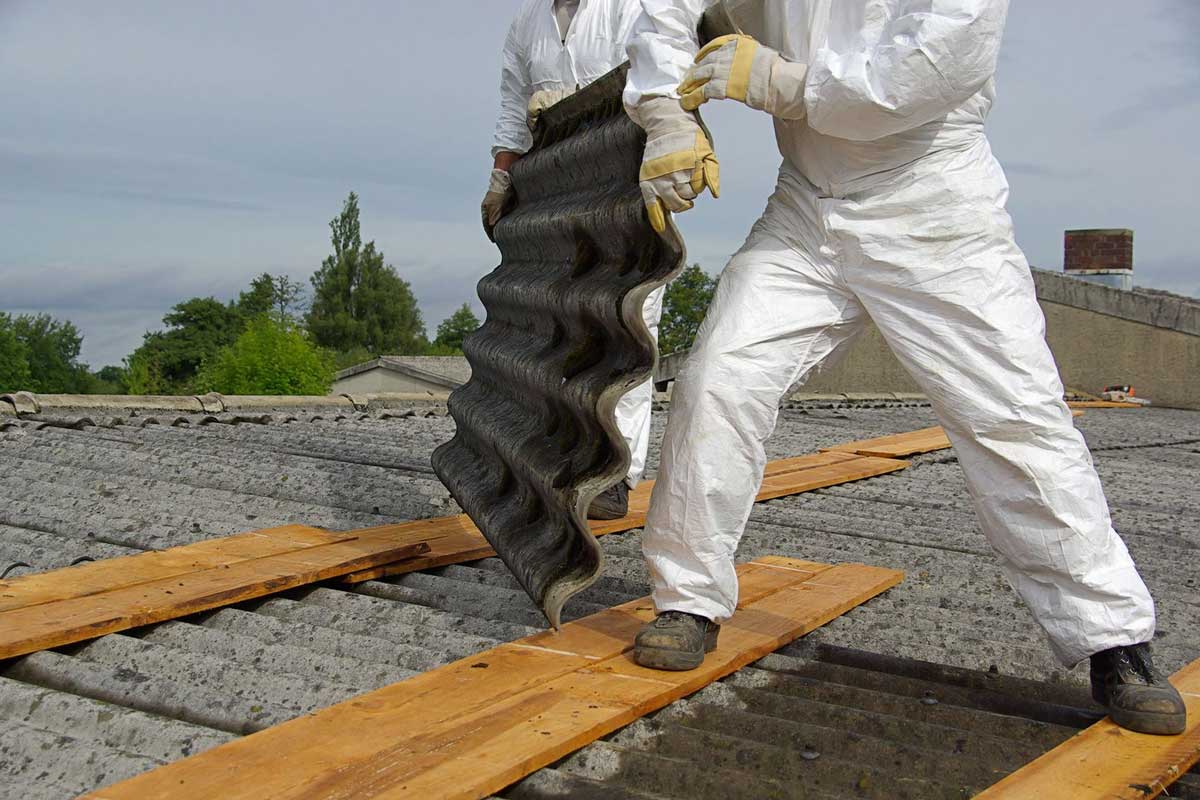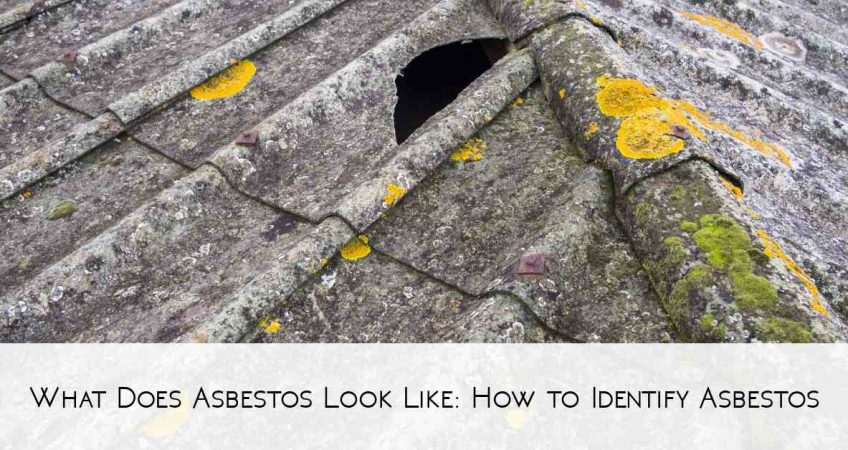The word “asbestos” is enough to send a shiver down the spine of anyone. Asbestos, once hailed as the material that would change the world, has fallen from grace in a quite spectacular fashion.
Now, it is a thing to be feared, and homeowners and construction experts across the globe dread discovering its presence.
Below, we’ll look into the reasons asbestos is so feared, how to identify it, and – most important – what to do if you stumble across asbestos during construction or renovation projects.
What is asbestos?
Asbestos is a mineral that can be used for a variety of purposes. The term “asbestos” is actually an inclusive term for a number of different-but-related silicate materials, which are fibrous in nature.
There are two main types of asbestos: chrystotile (which is larger) and amphibole (which has smaller strands).
Asbestos is heat-resistant, durable, and easy to use, and in the first half of the 20th century, it came to be used for a variety of applications. These included:
- Insulation for electric wiring
- Thermal insulation for homes and commercial buildings
- Fillers and replacements for plaster and caulking
- Roofing and internal structural compounds
- Cement and many more
There is no doubt that asbestos was effective in its applications. It is durable, heat-resistant, weather-resistant, and relatively inexpensive; everyone loved it.
However, knowledge soon evolved to identify all types of asbestos as incredibly damaging.
Why is asbestos not used anymore?
The reason is simple: it’s deadly.
The fibrous nature of asbestos means that it is very easily inhaled. Once inhaled, it can reside in the body, eventually leading to a lethal cancer called mesothelioma.
Mesothelioma is most commonly found in the lungs, but cases have also been reported of cancers in the gastrointestinal system and even the heart.
Mesothelioma is an aggressive form of cancer, and the survival rates are very poor. Just 33% of patients will live for a year after diagnosis.
As the dots were connected and the cause of mesothelioma was identified as asbestos, the usage of asbestos was eradicated.
However, there are still thousands of homes and commercial buildings that were constructed during the period when asbestos was being used – and they still pose a significant health hazard.
Where is asbestos found?
In older buildings, there are a number of areas that may contain asbestos. You should always be suspicious of:
- Floor tiles
- Partition walls
- Ceiling tiles
- External cladding
- Roofing
- Textured ceilings
As a general rule, if a property was built between the 1950s and the 1990s, then it is a candidate for containing asbestos.

What does asbestos look like?
Asbestos is a primarily white or grey material, which looks fibrous in nature. In some ways, it resembles conventional attic insulation, in that it looks soft and dense to the touch.
A pile of small, white strands should immediately be treated with suspicion.
However, asbestos is not always easy to identify. Here are a few signs that warrant further investigation:
- A surface, such as a roof, or ceiling tiles, that is ‘mottled’ in appearance, particularly with white lines and patterns.
- White clumps of fibres that are lining floor boards or attic insulation
- A natural material, such as slate, which appears to have wavy white lines in it. This is a sign that an asbestos coating was applied.
What should I do if I think there is asbestos in my home?
In this instance, you should proceed with extreme caution. If you, for any reason, suspect that there is asbestos in your home, you need to:
- Stop all work – Most people identify asbestos during a renovation project. Asbestos is at its most deadly when it is disturbed and the fibres are released into the air, so it’s vital that you don’t touch the substance or surface that you are suspicious of. Suspend all work.
- Contact a specialist – Asbestos removal is not a job you’re going to want to DIY, even if you have breathing equipment. When disturbed, asbestos fibres can float anywhere; the individual fibres are undetectable to the naked eye, so you may think you have captured them all, but you can’t be sure. This is definitely a task you’re going to want to leave to the pros.
- Check the rest of your home – If you have found asbestos in one area of your home, it’s very likely that the substance has been used elsewhere.
If you notice asbestos and you’re not currently undergoing a renovation project, then asbestos is not inherently dangerous while it is undisturbed.
However, it is still best to check with a specialist as to their advice on the issue; the asbestos may look stable, but you’ll need expert eyes to confirm this.
You now know all you need to know about asbestos, from the problems it can cause to how to deal with it.
Remember, if you do find asbestos in your home, call the professionals for further assistance – so you can keep you and your family safe.
